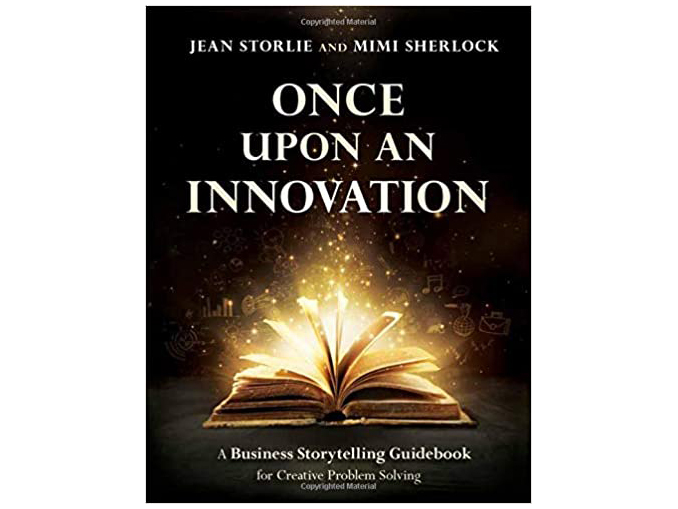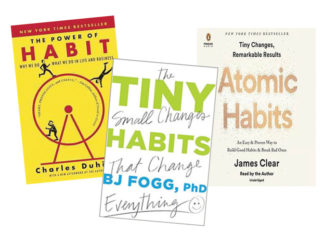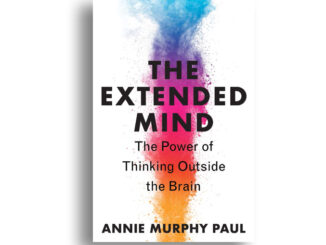by Jean Storlie and Mimi Sherlock, Beaver’s Pond Press, 2020
Just wait until I tell you about Chapter 6. But first…
You know qualitative research is all about storytelling, right? Researchers craft guides to elicit stories, listen as people share stories, and engage clients by retelling consumers’ stories. Research providers and research partners strive to create environments conducive to storytelling, and internal researchers and marketers hope to share stories that inspire management teams. Research is truly a storytelling business.
Easy peasy, right? Wrong. Storytelling is hard work. But the daunting task is made simpler with a book by Jean Storlie and Mimi Sherlock called Once Upon an Innovation: A Business Storytelling Guidebook for Creative Problem Solving.
Jean Storlie, an independent consultant, uses story-based techniques to design and facilitate strategic planning, innovation, and team-building sessions. Mimi Sherlock, the global director of strategic insights for IFF Taste, is responsible for bringing actionable insights to life and facilitating end-to-end innovation. Together, in Once Upon an Innovation, Storlie and Sherlock combine the art of storytelling with tools and tips to help bring stories to life.
Once Upon an Innovation is a guide to the ways storytelling and ideation address business problems and opportunities. Sherlock and Storlie pepper stories throughout the book, giving credit where credit is due, and explain in detail how they tailor each to their professional needs.
Unlike other business books, which are densely packed with paragraph after paragraph, Once Upon an Innovation is easy to read with iconography that helps you discern text that a) is a story illustrating a tension or challenge, b) offers perspective on ways to use a technique, c) provides an example of how what you’ve read can be applied, and can be d) a tool for applying storytelling, story listening, or story structure.
Imagine happening upon an executive’s journal of learnings from a career’s worth of presentations, keynotes, and courses. That’s this book. Sure, it covers storytelling fundamentals and the use of storytelling in innovation work, but it also explains the fundamentals of creative problem-solving and offers ways to create memorable team experiences and manage group dynamics, making it a perfect read for qualitative researchers.
Throughout the book, there are ideation exercises that can be tweaked for individual or group discussions. The book shares metaphor-based activities you can incorporate into your next online ethnography project. There’s even a section on empathy mapping to work into your next set of user groups. Why? As Storlie and Sherlock say, “Story-based techniques for gathering and communicating consumer and user research help the team and key stakeholders build empathy and intuition for the challenges these people face.”
Chapter 6, “Strategic Framing for Stakeholders: How to Present a Strategy through the Narrative Arc,” provides a structure for constructing a strategic story arc. In it lies this critical call to action: “Discipline yourself to eliminate extraneous details that don’t help tell the story.” While I personally believe Chapter 6 is the reason to buy this book, don’t get me started on Chapter 7, “Pitches, Presentations, and Elevator Speeches: How to Persuade and Influence with Stories.” This is where you’ll learn oral storytelling techniques so you can put into practice all you learned in the preceding chapters about mining for and crafting good stories.
This book, with its notebook feel and visuals throughout to enhance readability, should be required reading for those in the research field. Inside are diagrams and templates and matrixes—including a final matrix of all the shared tools and resources. And . . . SPOILER ALERT . . . there’s a code in each hard copy for owners of the book to access an online toolkit.
Pro Tip: While your personal preference might be for digital (Kindle) books, get the softcover version of this one. Have your pens, Post-its, and highlighter at hand when you pick it up. You should make notes in it like it’s a personal workbook.
Finally, be prepared to share what you learn in Once Upon an Innovation with others. When my husband finished this book, he immediately bought copies for his executive team and had them delivered to their homes. He’s now presenting a storytelling workshop to his organization—largely assisted by the content of Chapter 6!





Be the first to comment